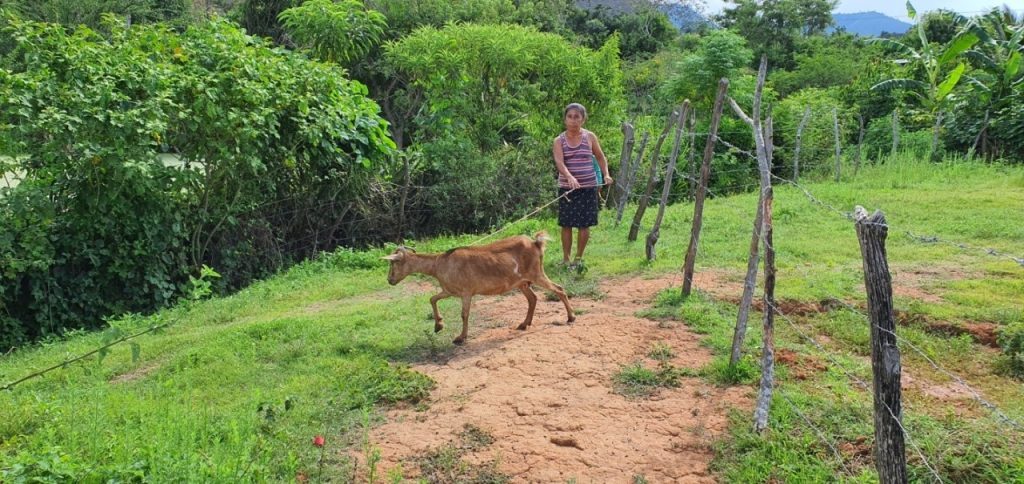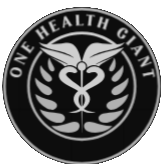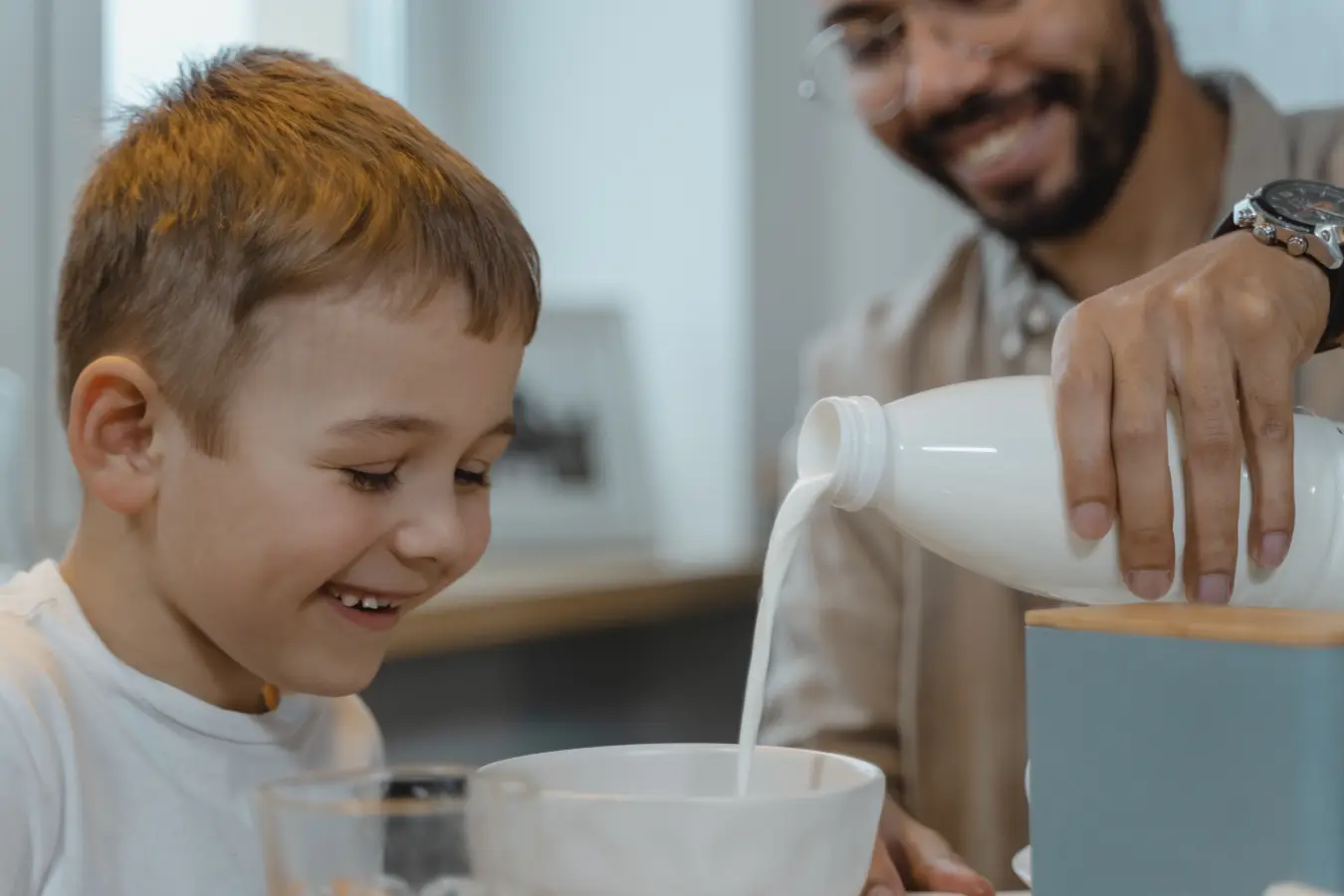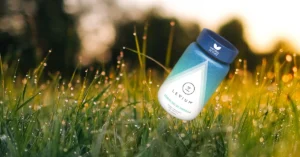Goat milk has been an important part of human nutrition for millennia and today more reasons to include it in our diet continue to emerge. The goat has been one of the domesticated animals capable of producing food that has accompanied human beings throughout their history.
This is confirmed by various historical, mythological, and biblical accounts that mention goats. Despite this, their value has rarely been duly recognized, explains Adela Bidot Fernández, from the Center for Research on Animal Improvement in Tropical Livestock Farming, in Cuba.
Its properties and characteristics have made it an excellent choice for food, but it is not limited to that because it is also useful in the manufacture of some products such as handmade soaps that can be made at home.
It is important to recognize that the goat is one of the few animals capable of surviving and even producing in adverse conditions such as those observed in some regions with difficult climates and limited natural resources.
Properties of goat milk
Mateo Alvarado, a manufacturer from the company Lácteos Pachioj, says that this ingredient has its characteristics and, for example, does not form a cream when milked and its color is whiter than cow’s milk because it does not contain carotenes, which give the latter a yellowish color. Its flavor is also less pronounced.
Milk varies in its characteristics depending on factors such as the breed of goat, as well as its diet, environmental conditions, and health of the animal.
In summary, this milk, compared to cow’s milk, has almost the same amount of protein, fat, iron, vitamin C and D. Goat’s milk contains a higher amount of vitamins A and B and a lower lactose content.
This milk is also ideal for preparing yogurt, and fresh, and aged cheeses, adds nutritionist Helen Arango.
Cheeses can be paired with cheese, omelets, as a side dish, or made into part of salads and starters. Experiment with using milk in recipes such as purees and soups. Ideal for pairing with different types of wine.
Cow’s milk or goat’s milk?
Some foods that are not tolerated by the body cause adverse effects. Goat’s milk is an option for people with intolerance to cow’s milk products or for those who suffer from irritable bowel syndrome, liver disease, or heart disease.
More advantages than disadvantages
Cow’s milk is an important food for human nutrition; however, a percentage of children and adults report assimilation problems caused by this food, so the best option is goat’s milk, which has proteins similar to human milk.

Does it have any contraindications?
Since goat milk proteins are similar to those of breast milk, they are more easily recognized by the digestive tract of people, which is why allergies and intolerances reported due to its consumption are rare. “It is easier to digest goat milk because of the type of fat it contains,” explains Ana María Vidaurre, a Chilean nutritionist and expert in integral medicine.
An alternative for those allergic to lactose
It has been proven that 40 percent of children allergic to cow’s milk tolerate goat’s milk perfectly. In general terms, people who suffer from hypersensitivity, intolerance, irritable bowel syndrome, and even liver and heart diseases, find goat’s milk to be an excellent alternative for their nutrition.
Does it have lactose?
Goat’s milk is even better when it is turned into yogurt due to the action of bacteria, which makes the food even more digestible and hypoallergenic.
It is practically lactose-free, as is the case with goat cheese. It can be used to make dressings or combined with fruits and cereals.

Against malnutrition
Its properties have even led it to be part of the project “Restoration of the Food System and Strengthening of the Resilience of Families Affected by the 2014 Prolonged Heat Wave in municipalities of the departments of Chiquimula and Jalapa,” explains Lizandro Morales, Territorial Coordinator of the Project in Chiquimula. The project was implemented by the Ministry of Agriculture, Livestock and Food with support from the Food and Agriculture Organization of the United Nations, FAO, and the government of Sweden.
In the municipality of Chiquimula, 72 goat modules were implemented for breeding and reproduction, as well as milk and meat production, and work was done with small-scale farming families with children under five years of age with malnutrition problems.
When asked why goats were selected for the most vulnerable population, Morales explains that the proteins in goat milk, being similar to those in breast milk, are more recognizable by the digestive tract and therefore there are fewer reports of allergies. Cow’s milk is important for human nutrition, but some children and adults have problems assimilating it.

Morales also emphasizes that this milk helps children to gain weight and height, mineralization in the bones and blood plasma, and a high density of vitamins A, thiamine, riboflavin, niacin, calcium, and hemoglobin. It prevents osteoporosis and improves the recovery of people with anemia.
Typically, having a well-cared-for goat with offspring guarantees the family a supply of 1.5 to 2 liters of milk daily for approximately 3 to 6 months.
Since 2017, 72 goat modules and 5 breeding males were implemented in 72 families. To date, there are 250 goats or female goats in the same number of families. The goats were delivered under certain commitments, such as providing proper management and care, feeding them, taking them for check-ups and vaccinations, having a space to lock them up (goat farm,) and carrying out a “chain pass” which consists of donating a female goat aged 3 to 6 months to another family in the community to continue supporting other families, this is the main commitment. Then, the family will be able to keep the goat’s offspring; if they are males, they can be raised and used for meat consumption or sale.
In his experience, Morales explains that among the limitations that currently exist, goat’s milk is regularly only produced and sold in the interior of the country, in communities or small municipalities, and there is little culture of its consumption.
Before consuming it
Nutritionist Arango comments on the importance of choosing pasteurized products, meaning that the milk is heated for 15 minutes to avoid bacteria.
Morales explains that several families make cheese using milk without this process, for which they need to establish good hygiene practices in milking and cheese making.
“The families that own the goat modules have been trained in the management and rearing of goats, as well as in basic aspects of diseases or problems that they may present. In this way, livestock first aid kits have also been implemented in each community, which consist of having certain essential medicines available for the care and management of goats. This first aid kit is under the care of an agricultural promoter who has been given training on the use and application of the products. This is mentioned because if the families have a healthy animal, there is no risk in consuming fresh milk, since in this way it provides a greater amount of nutrients to children or adults, taking into account the basic hygiene measures for handling it,” adds Morales.























+ There are no comments
Add yours